With 232 pages and an expanded 12″ by 12″ format, our biggest print issue yet celebrates the people, places, music, and art of our hometown, including cover features on David Lynch, Nipsey Hussle, Syd, and Phoebe Bridgers’ Saddest Factory Records, plus Brian Wilson, Cuco, Ty Segall, Lord Huron, Remi Wolf, The Doors, the art of RISK, Taz, Estevan Oriol, Kii Arens, and Edward Colver, and so much more.
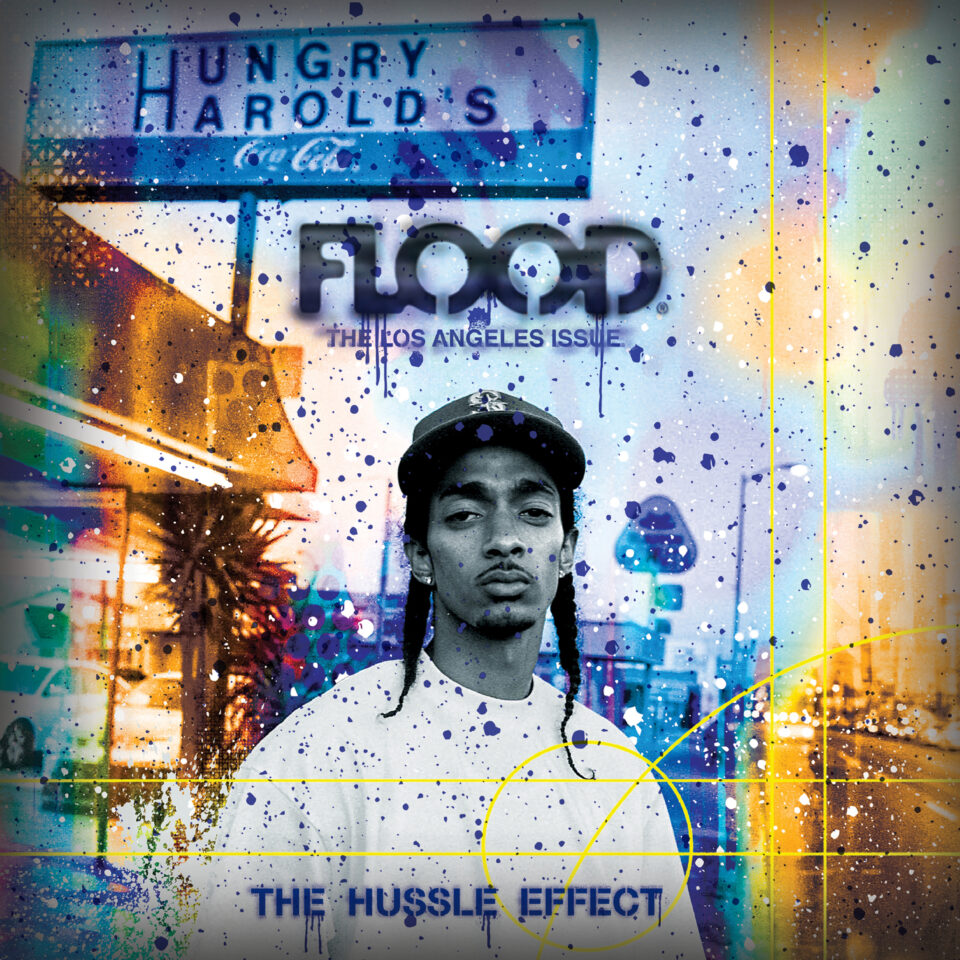
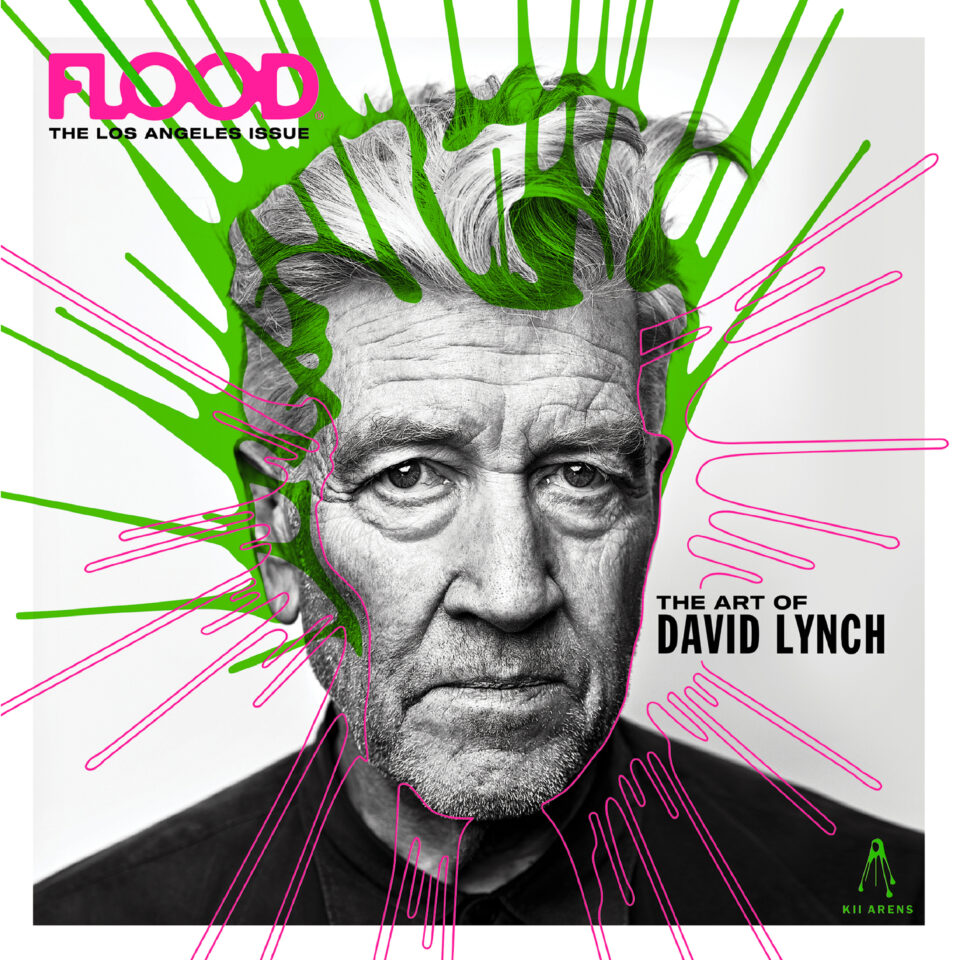
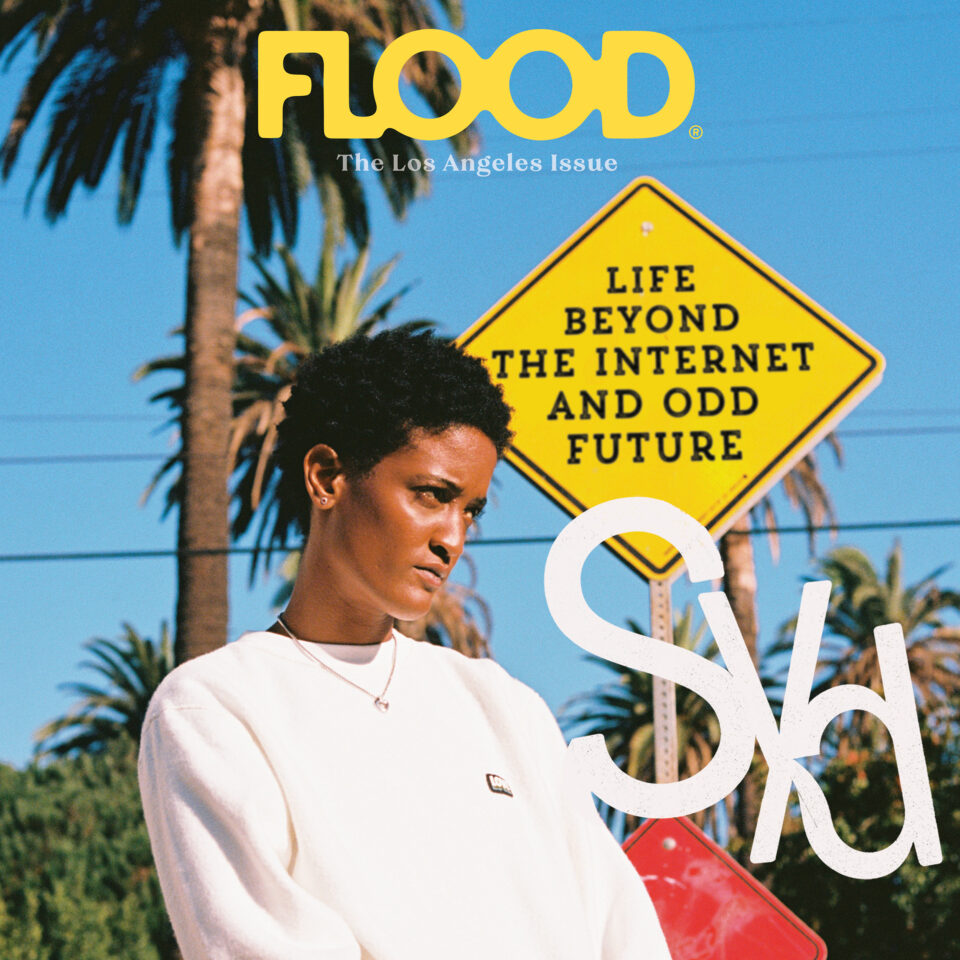
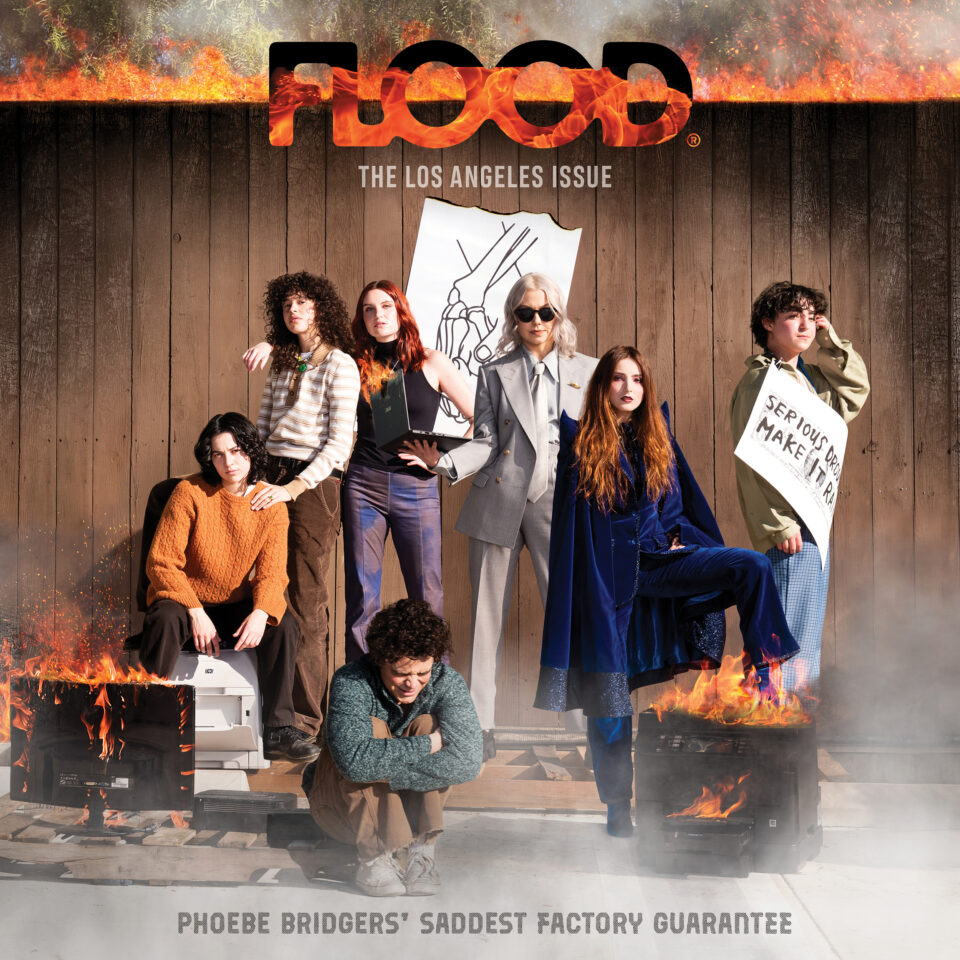
Photo by Michael Muller. Image design by Gene Bresler at Catch Light Digital. Cobver design by Jerome Curchod.
Phoebe Bridgers makeup: Jenna Nelson (using Smashbox Cosmetics)
Phoebe Bridgers hair: Lauren Palmer-Smith
MUNA hair/makeup: Caitlin Wronski
The Los Angeles Issue
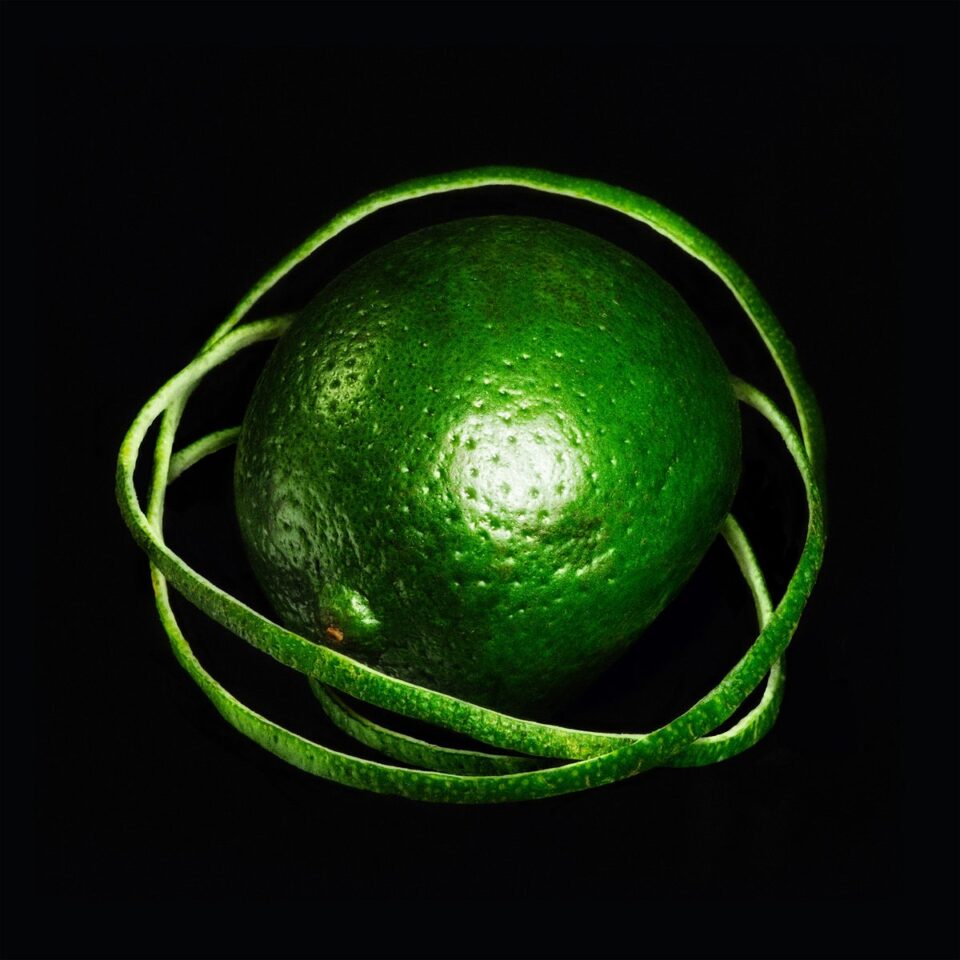
Big Thief, Double Infinity
Ditching the homespun folk-rock sound of their last record for otherworldly, jazz-infused transmissions, the group’s sixth LP is obsessed with the beauty and inefficiency of language.
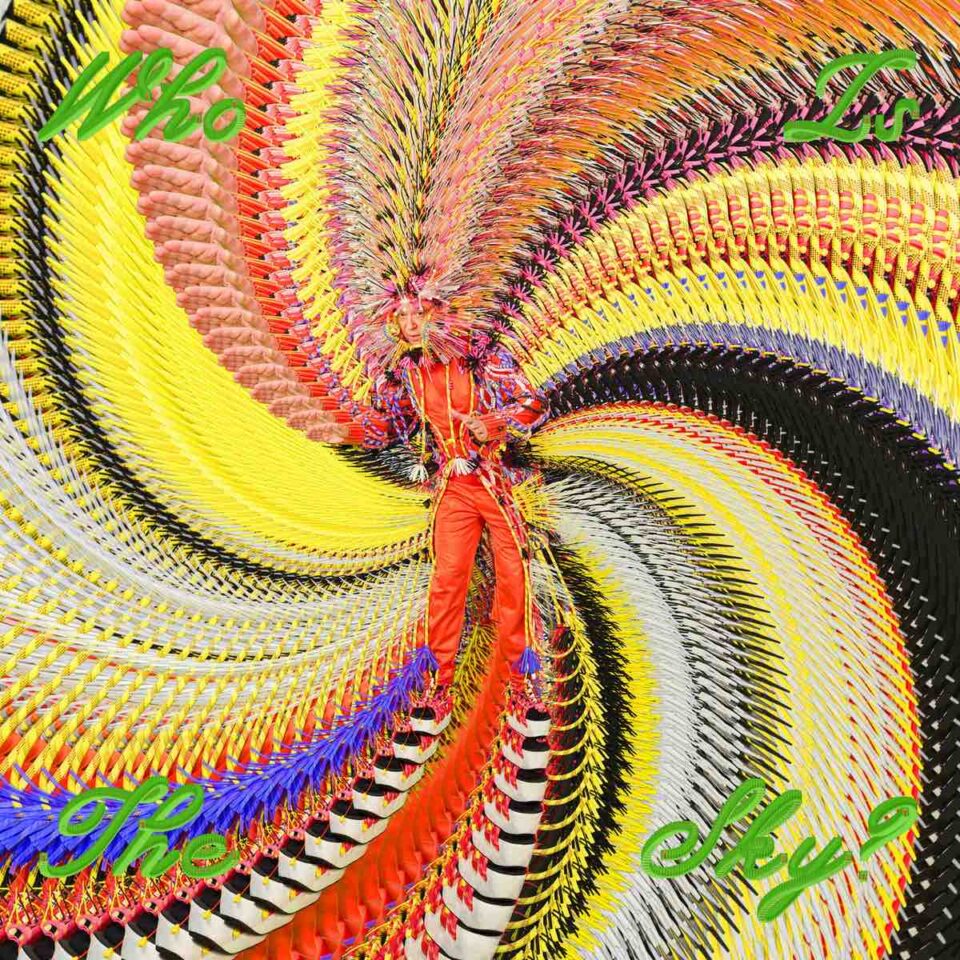
David Byrne, Who Is the Sky?
With the aid of Ghost Train Orchestra and Kid Harpoon, Byrne continues his trek across urban prairies to explore our goofball commonalities, the quirks of romance, and his own intimacies.
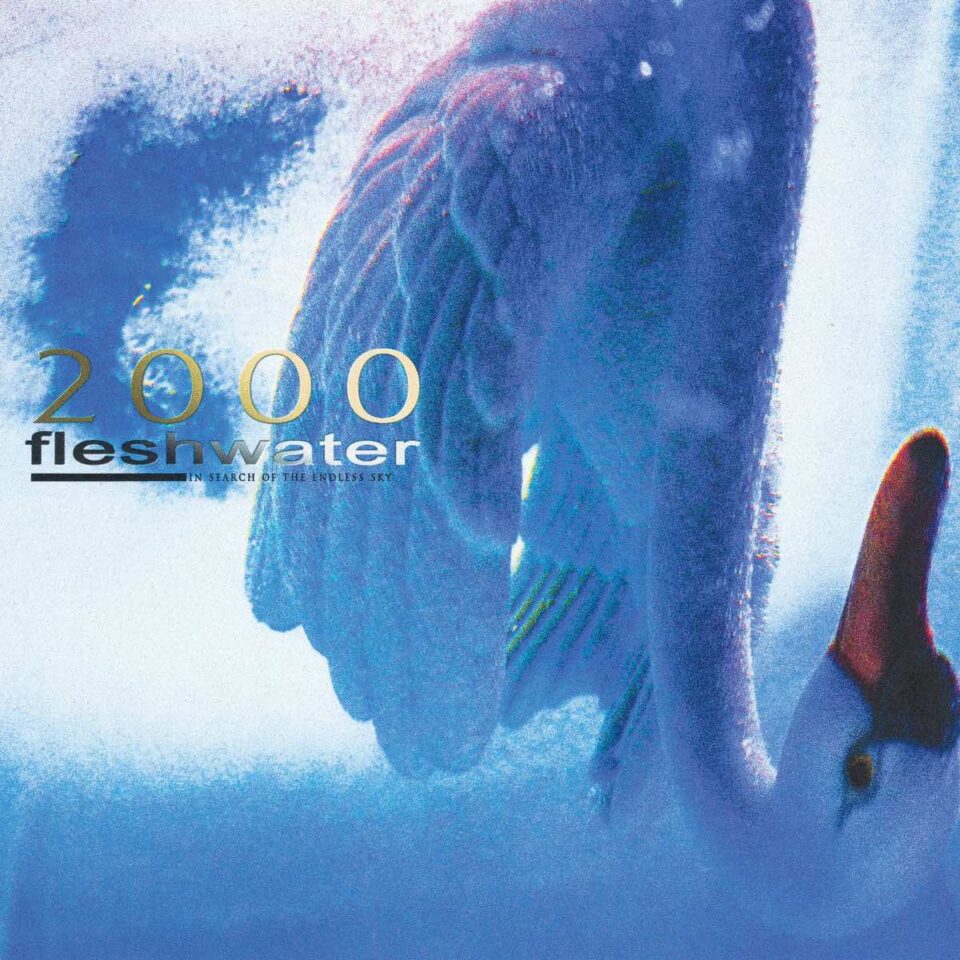
Fleshwater, 2000: In Search of the Endless Sky
The Massachusetts grungegazers settle on their sound with their second LP: a balancing of frantic energy with moody heaviness and an overall tone of passionately charged emo splendor.
Sean Fennell
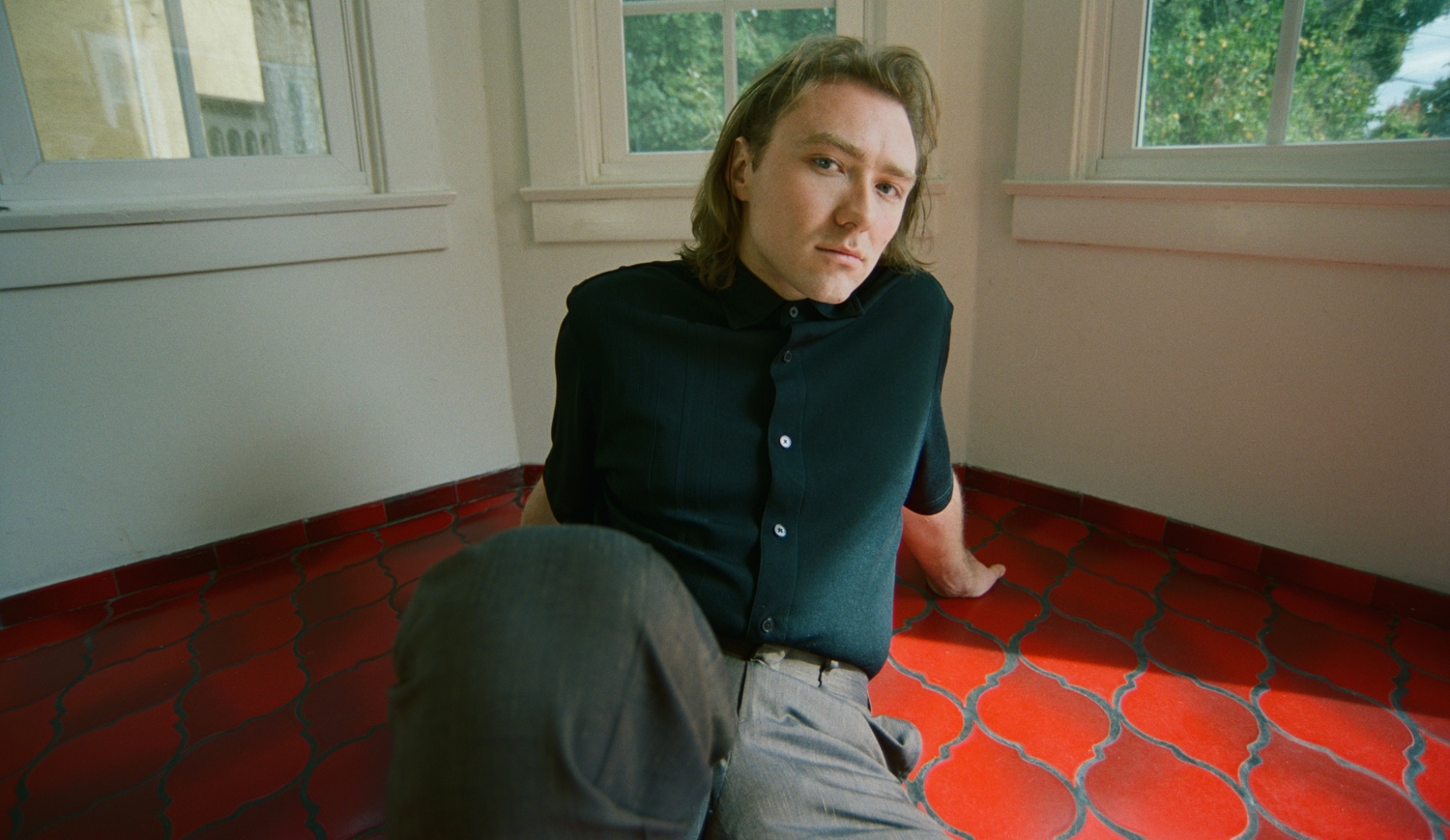
Rattigan discusses his most collaborative solo album yet, as well as the catharsis of defeating his own personal Pennywise the Clown.
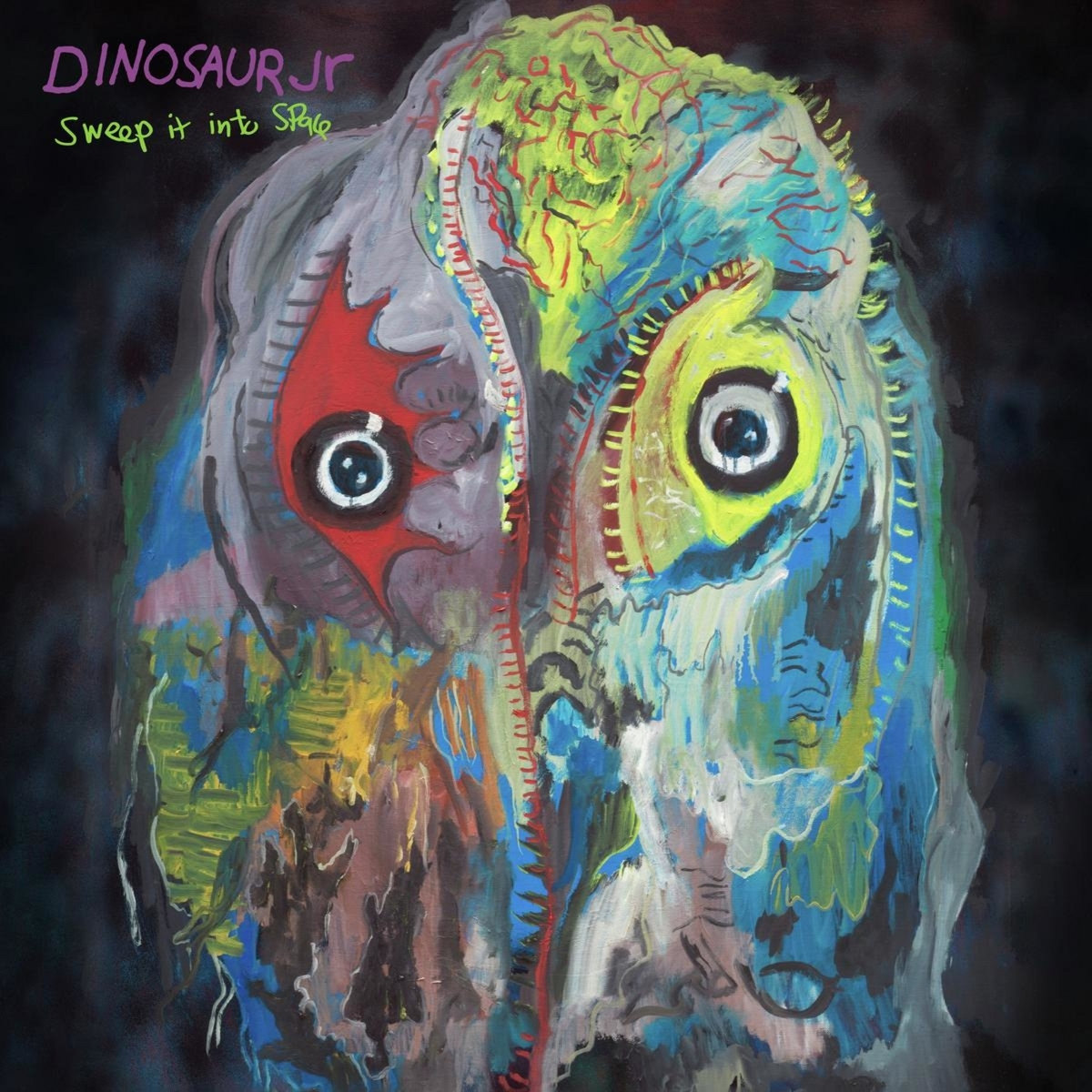
Their 12th record tries to reach a singular vision, but it’s hard not to hear the many voices attempting to roar as one.

“How Many Times” is pristine—you half expect the record to come with 3 fingers of bourbon and a cool summer breeze.
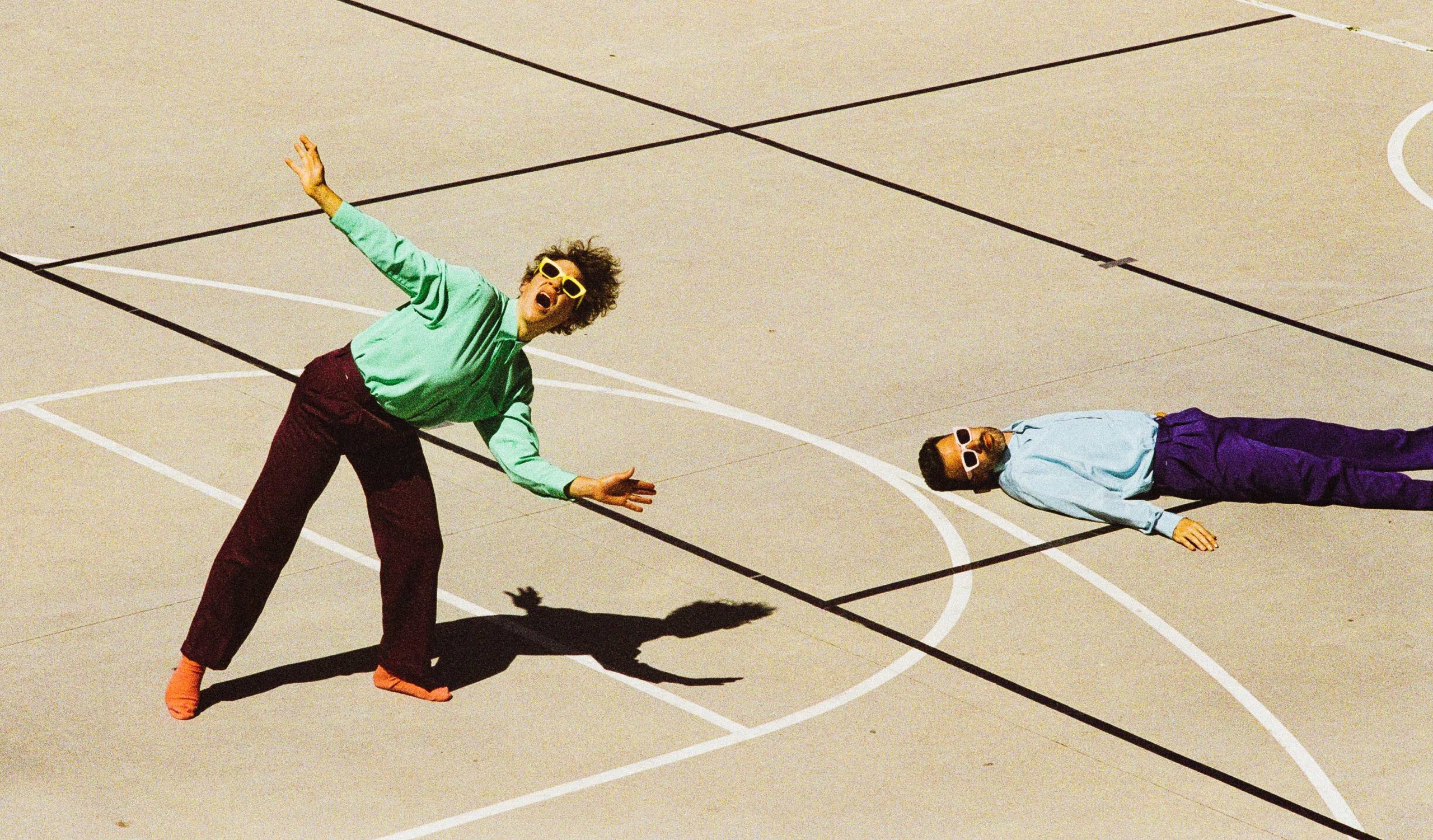
Merrill Garbus on the uncomfortable conversations and creative choices that characterize the band’s fifth album.
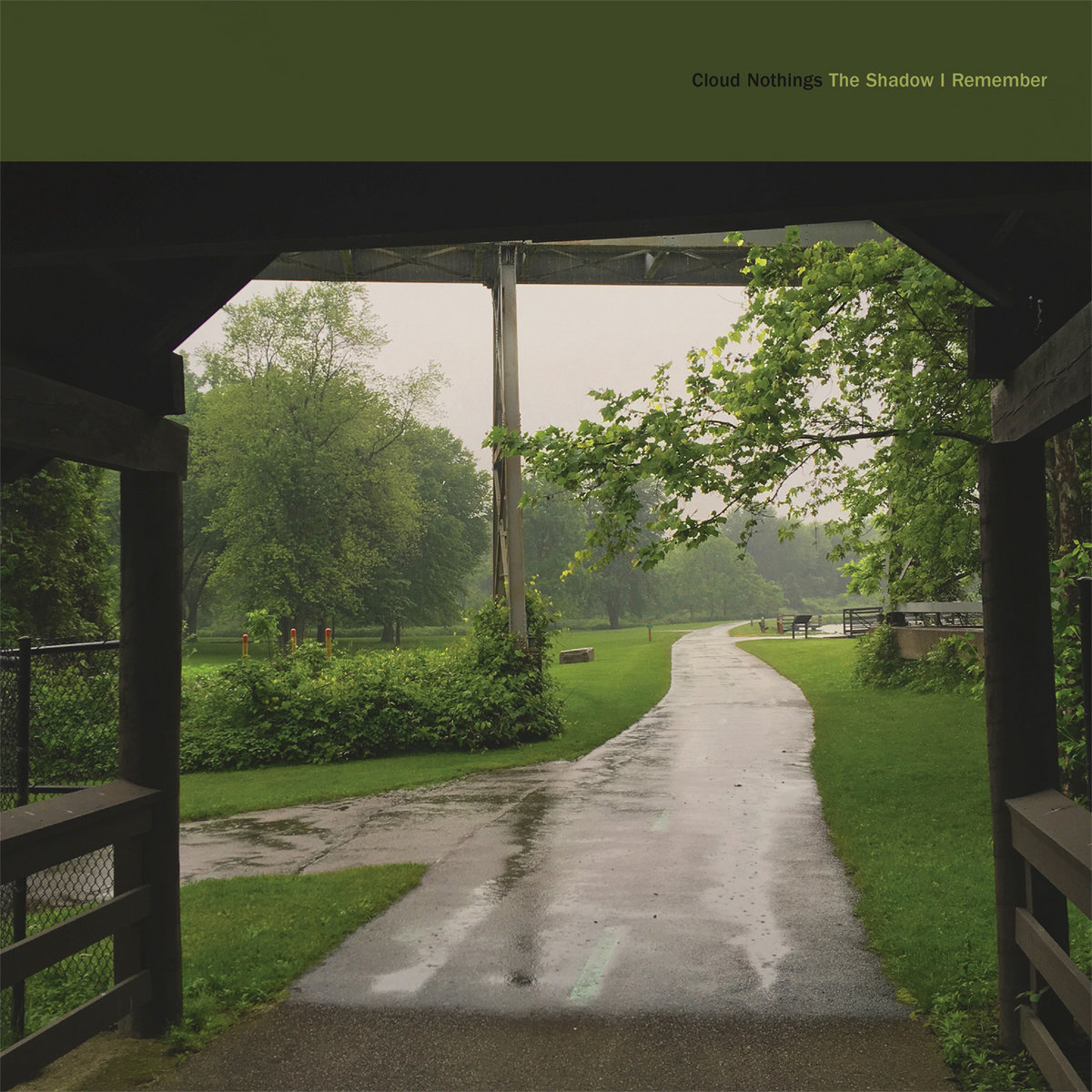
The band’s 7th LP is a wily repurposing of former selves while, at the same, whittling away what no longer fits.
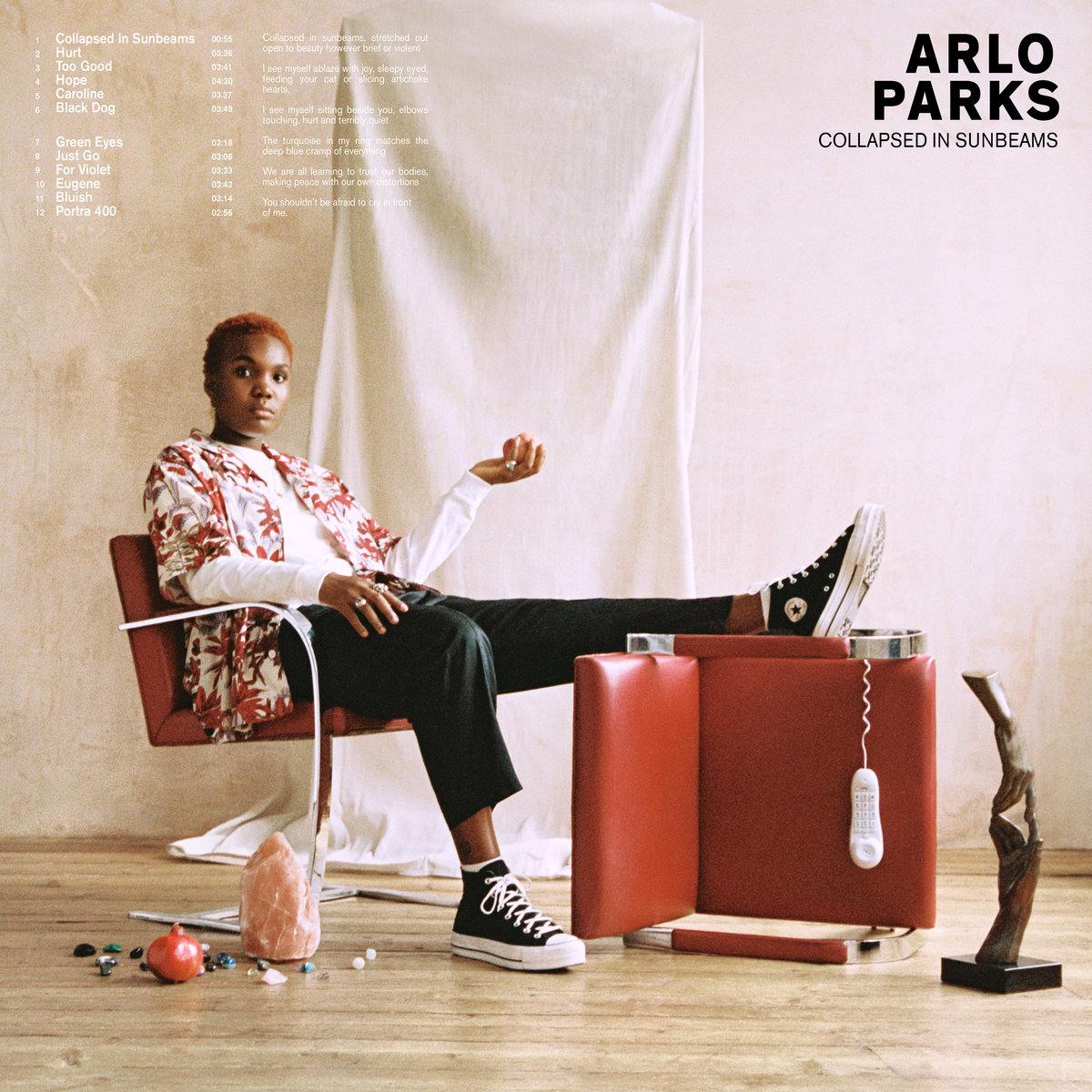
The London songwriter is able to achieve a collision of cool and gut-wrenching that is all her own.
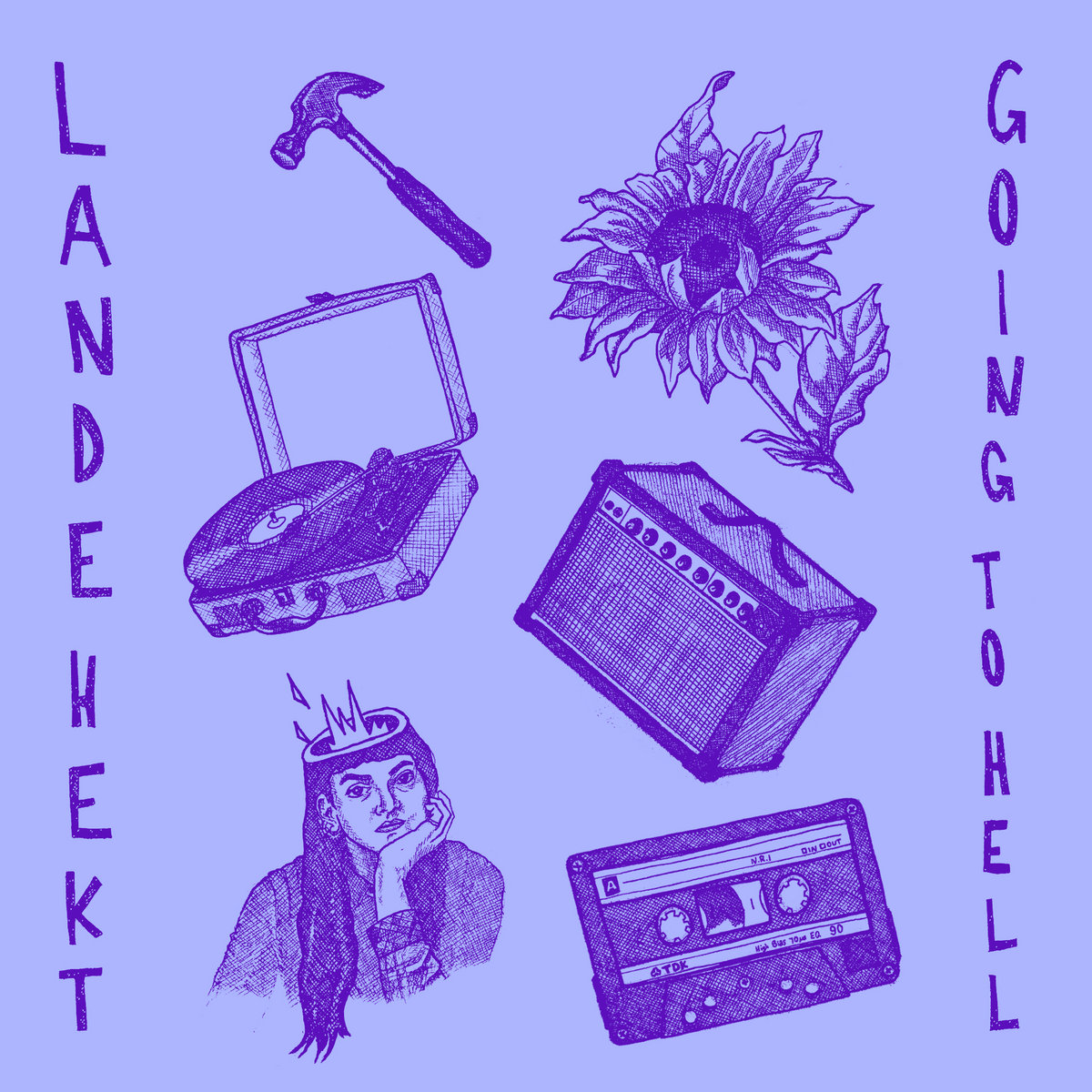
The Muncie Girls songwriter finds much more fertile ground in the internal on her solo debut.
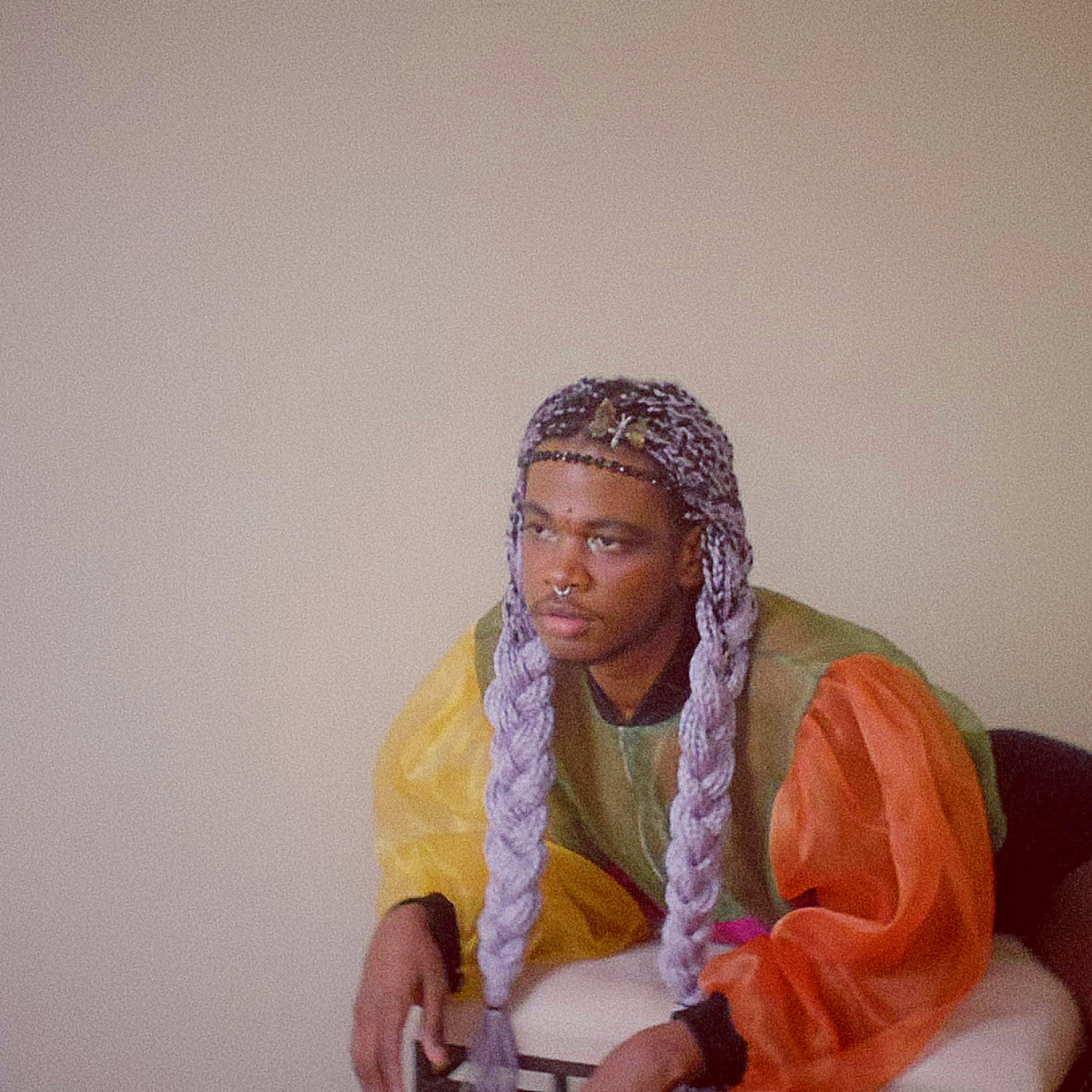
This self-titled LP is a record of hits, misses, and left-field bangers—but it’s Shamir’s and Shamir’s only.
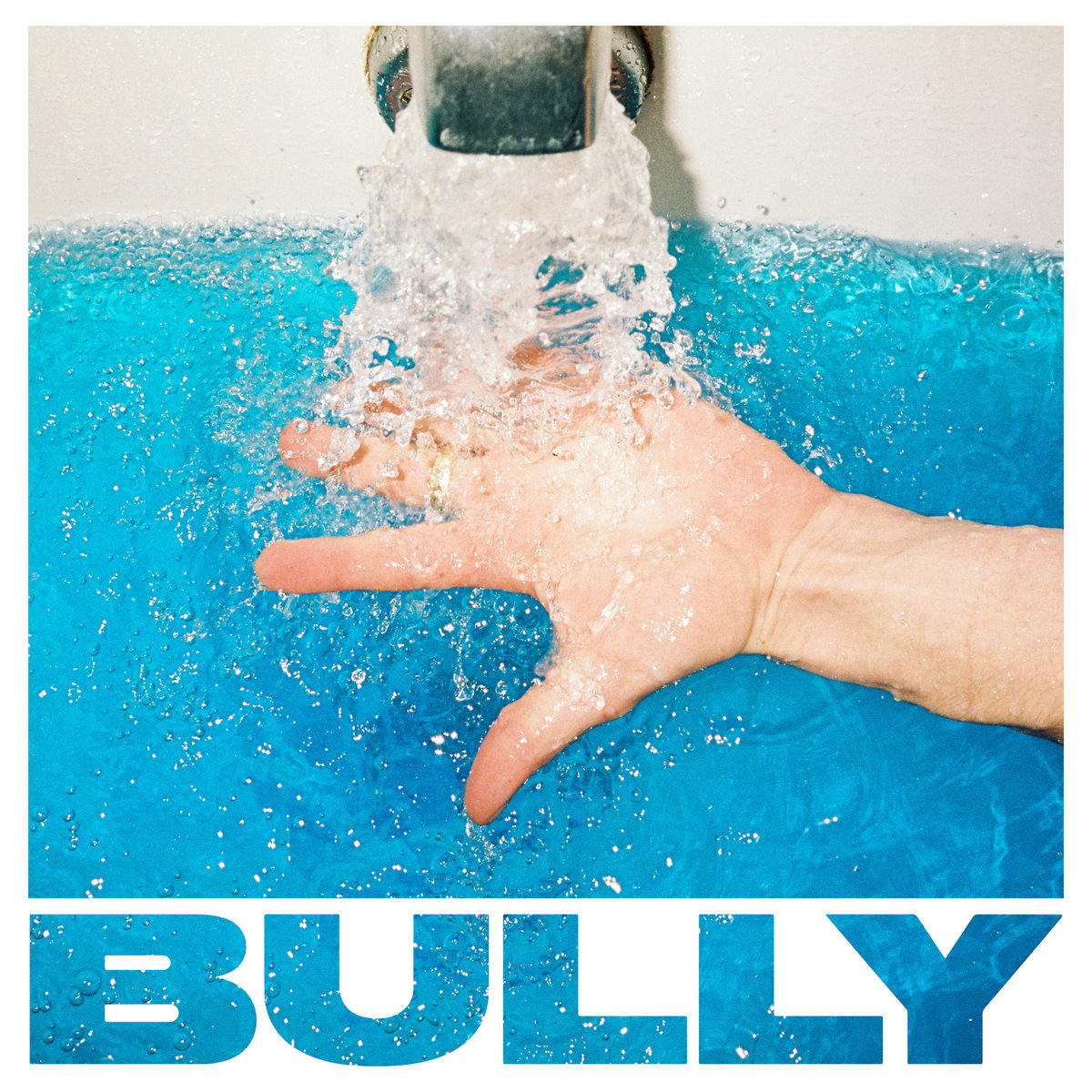
Alicia Bognanno’s third LP benefits from a newfound willingness to let go.
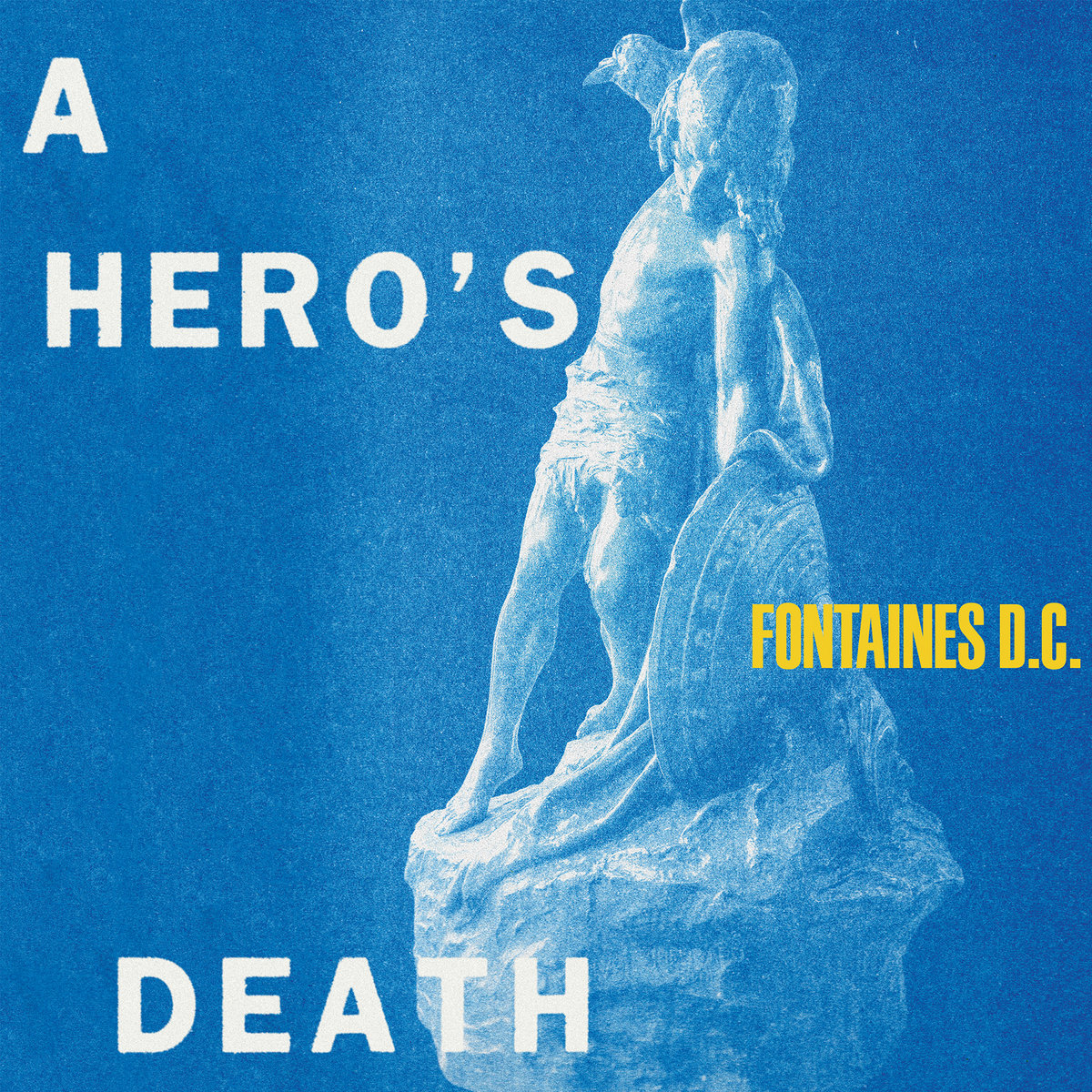
The band pick at every scab they’ve developed during their arduous last twelve months.
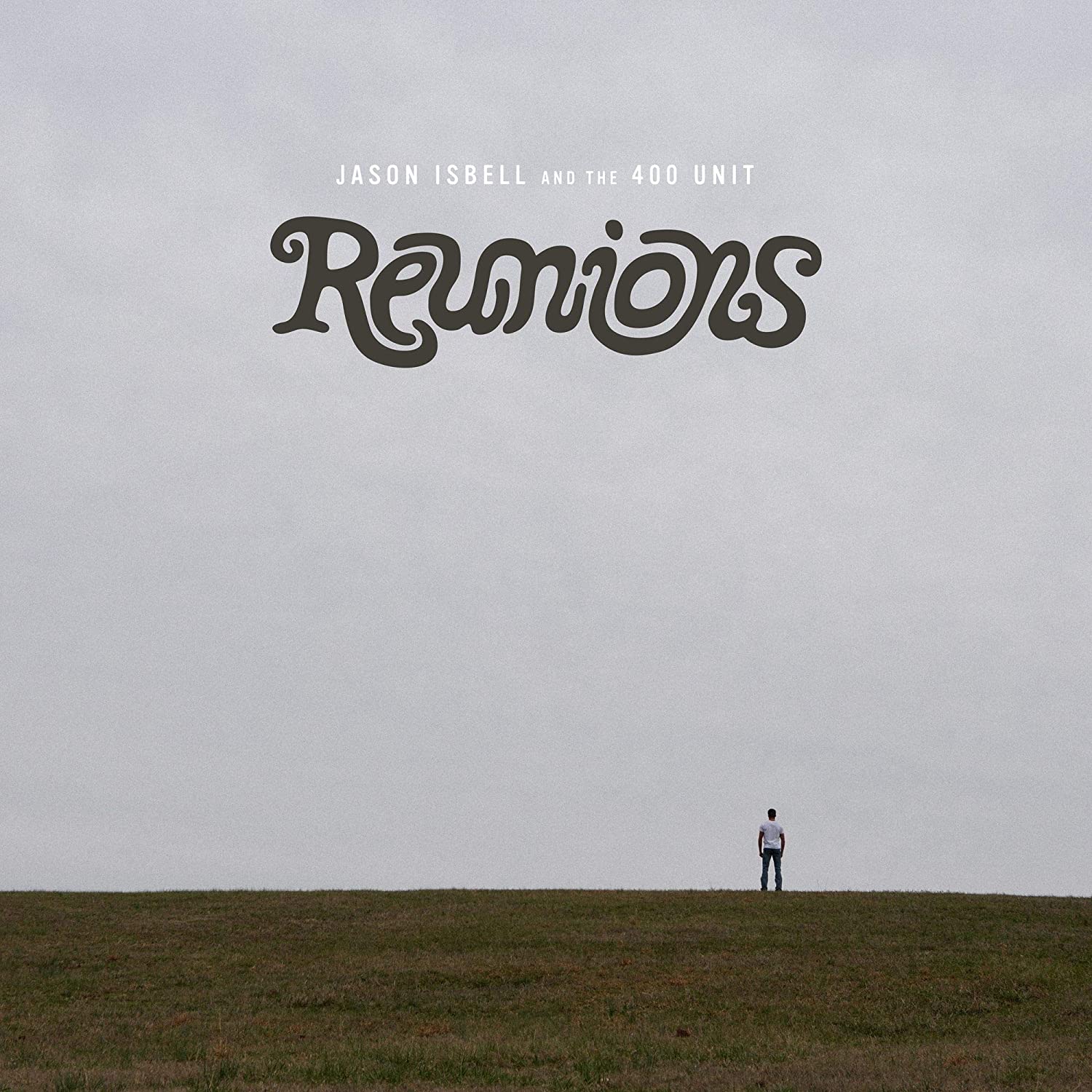
Isbell’s seventh album works best when it exists in the vagaries, where the lines of fact and fiction mix.
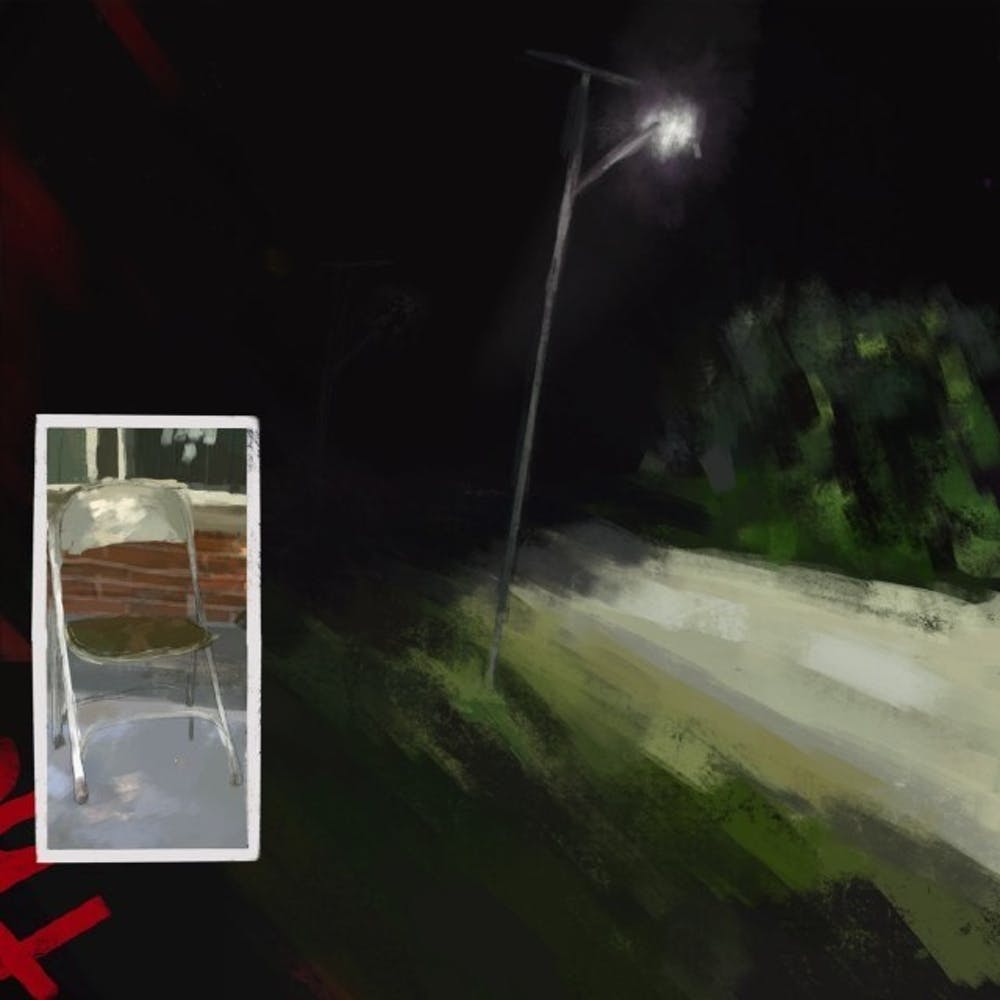
“MaDLO” is full of holes, but wholly unique.
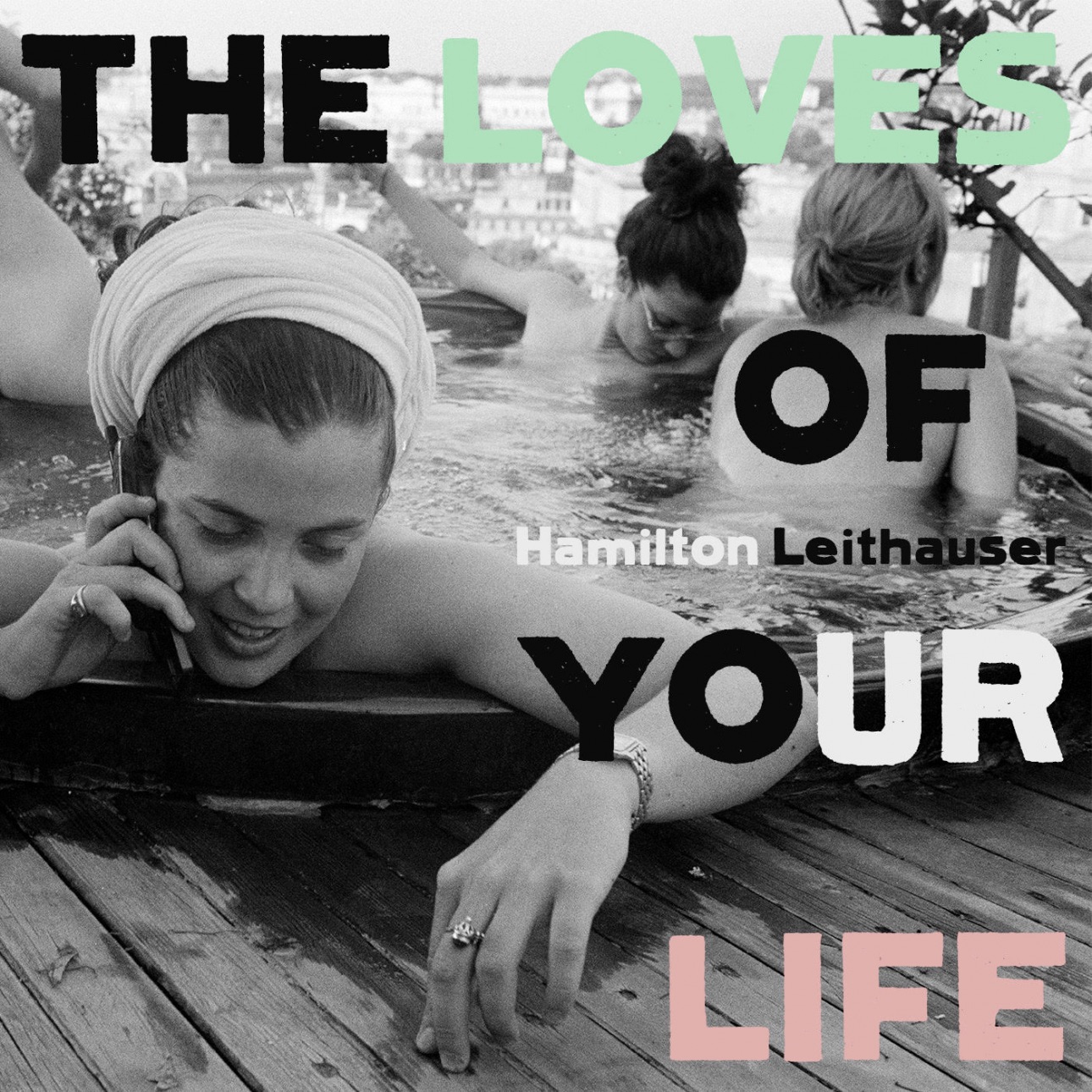
“Loves” sees a veteran artist sauntering along his creative borders with glee.

